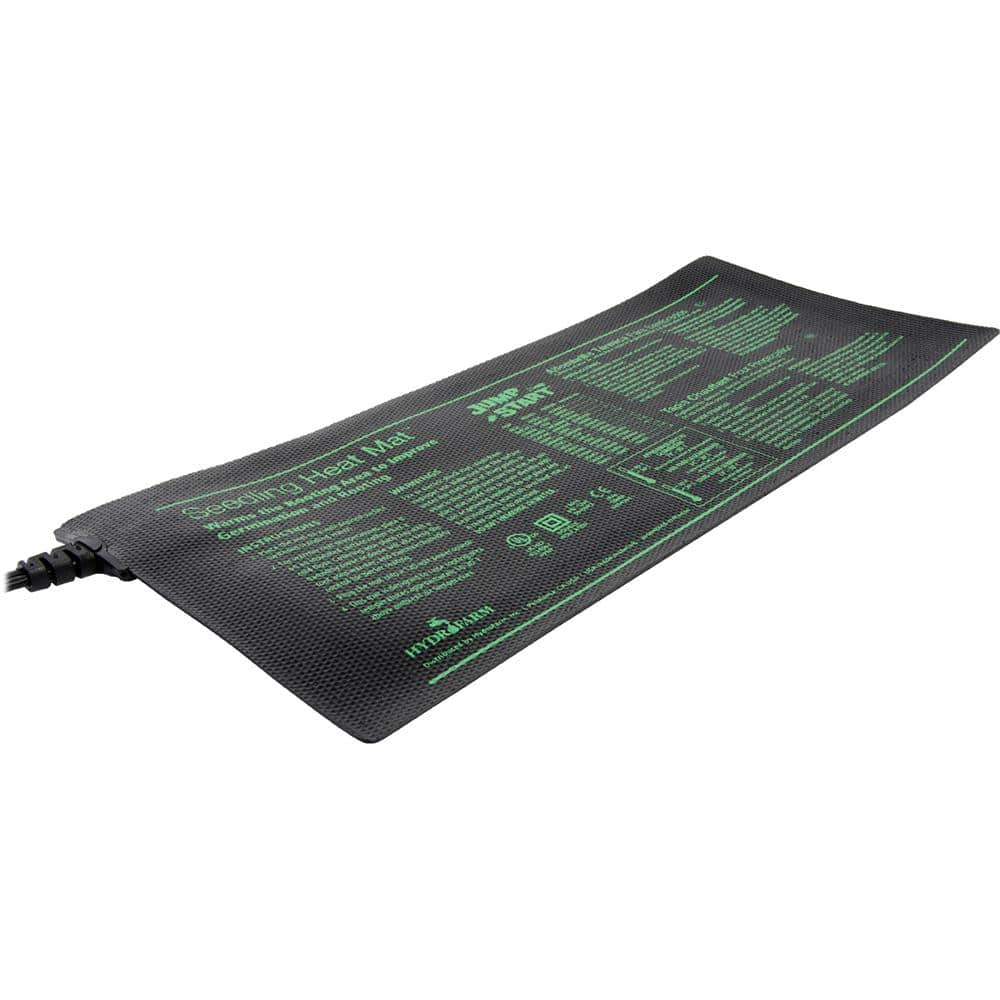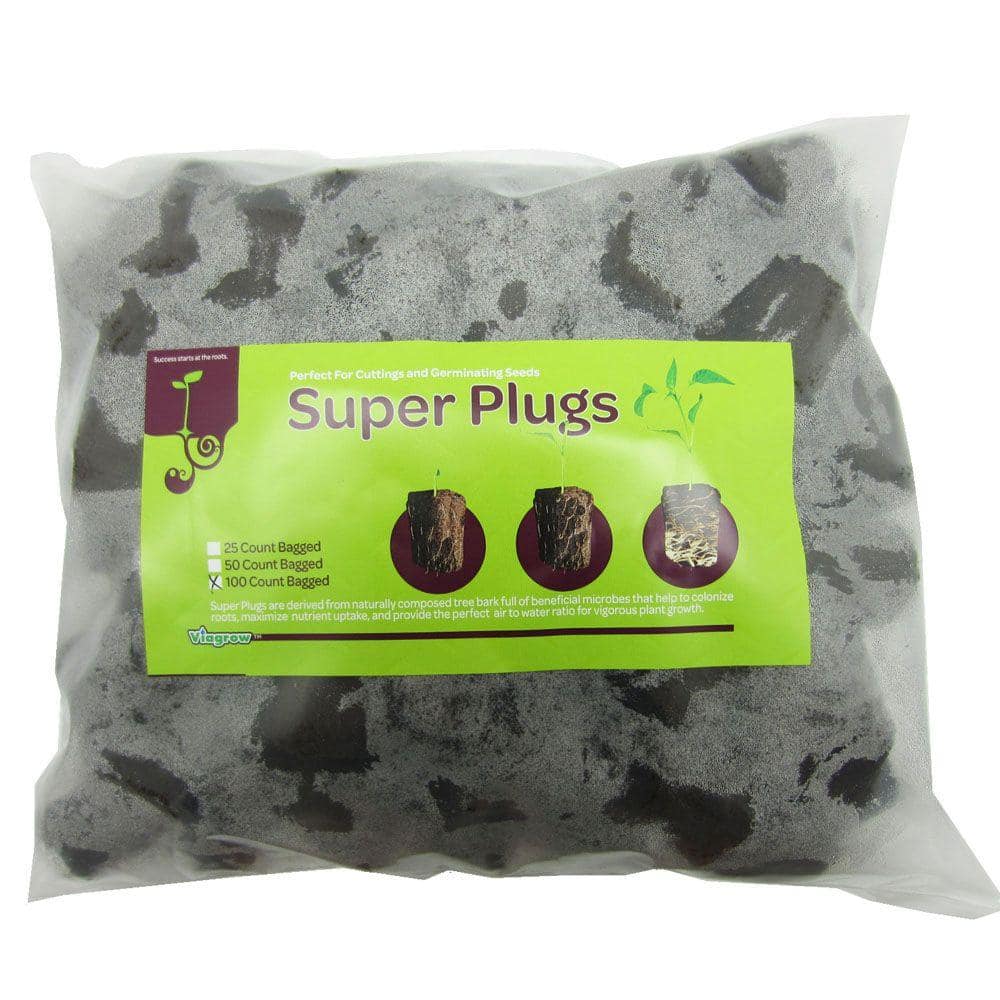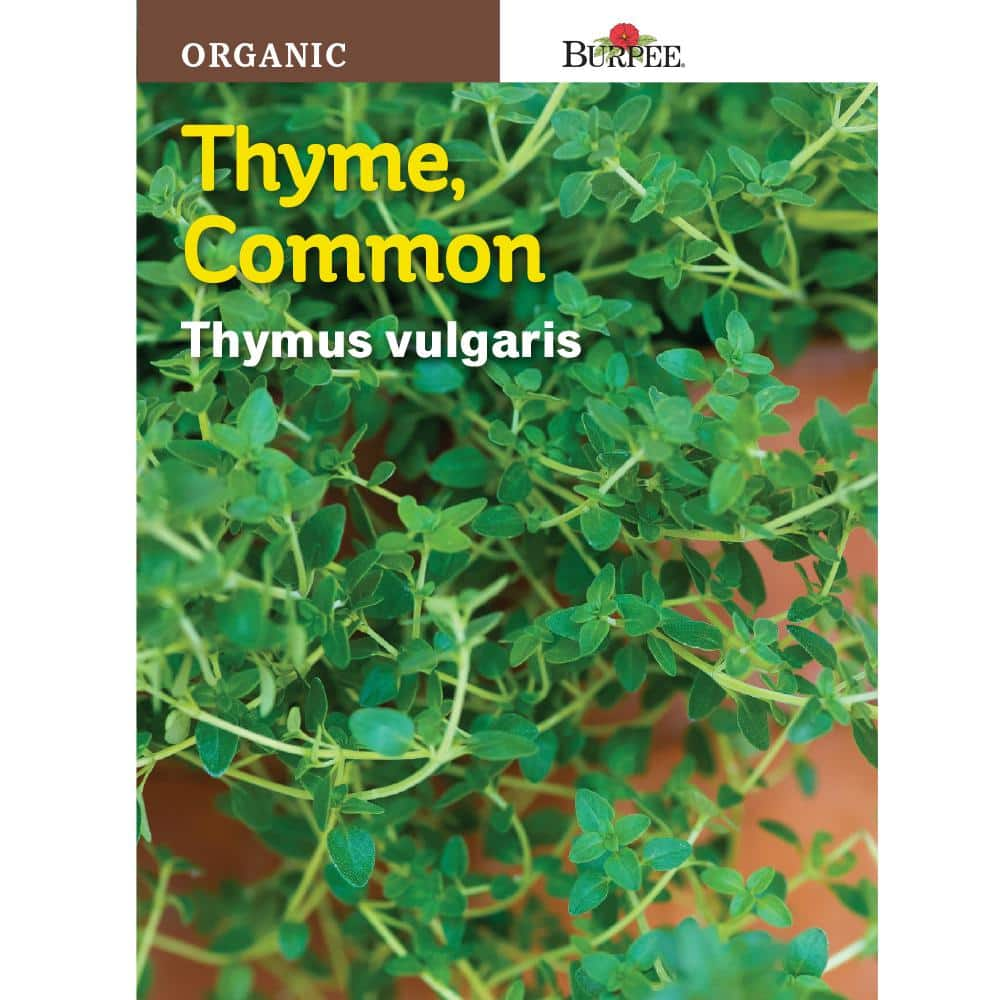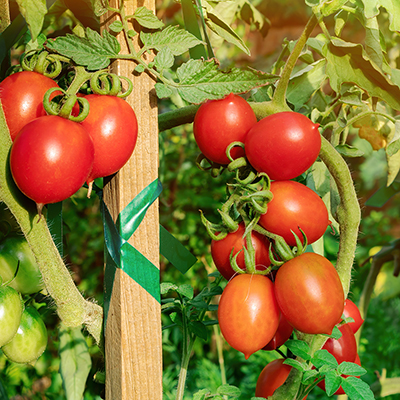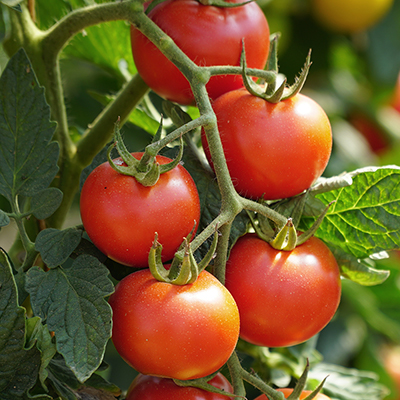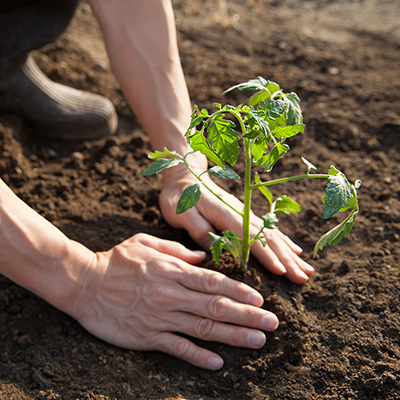Starting Tomatoes Indoors
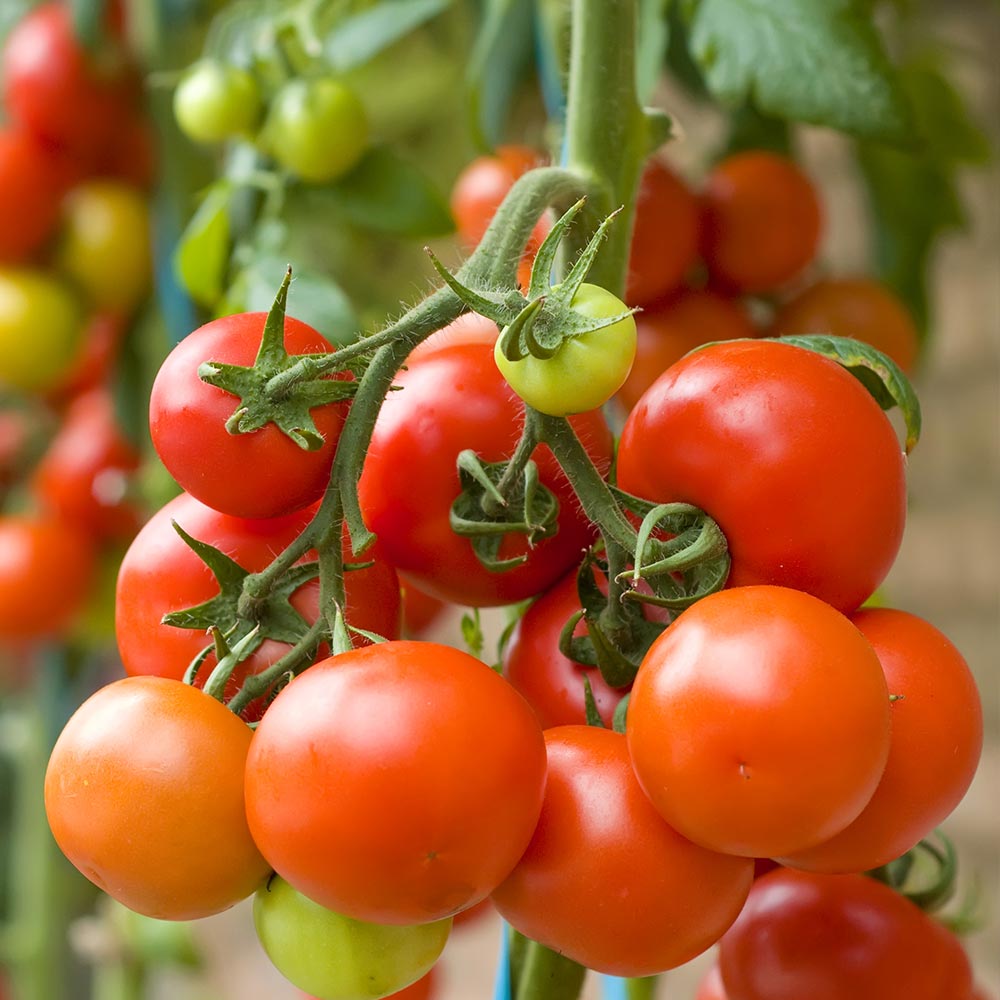
Last updated September 7, 2023
This spring, try using seed to start your tomatoes, one of the most popular fruits in the garden. Starting plants indoors gives you control of the process from seed to harvest.
Begin with packaged seeds grown for the current season, or heirloom seeds saved from a previous harvest.
Besides seeds, you can purchase a variety of growing kits with everything you need to get started. Growing kits often include trays, pots, potting plugs, grow lights and humidity domes. This step-by-step guide shows you how to use a growing kit.
Table of Contents
To Start Tomatoes You Will Need
Steps to Start Tomato Seeds Indoors
Move to Larger Pots
Transplant to Garden
To Start Tomatoes You Will Need
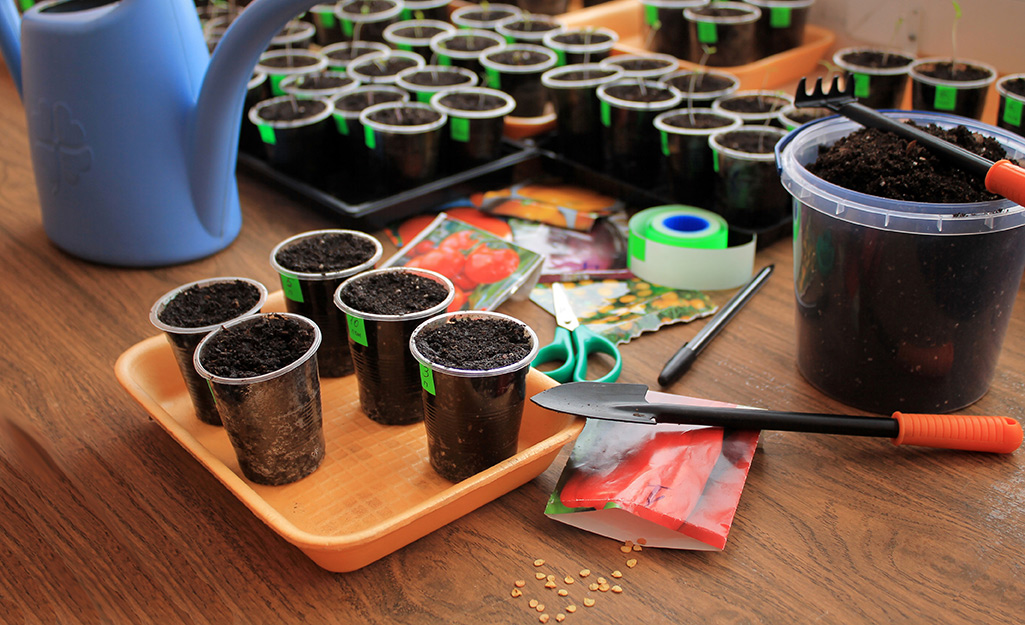
- Well-draining containers such as peat pots or paper cups, and seed-starting trays.
- Growing medium such as soil-less potting mix.
- A plastic cover.
- A source of warmth for germination.
- A light source.
Soil-less potting mix is preferred over garden soil because it is lightweight, well-draining and water-retentive. You can make your own blend from compost, peat moss and perlite. Avoid using ordinary garden dirt.
To time planting just right, find out your area’s average date of last frost using this guide. Read the back of the seed packet, looking for the “days to germinate” and the “days to maturity.” Add these two and count backward from the last frost date to get the ideal date to begin planting.
Steps to Start Tomato Seeds Indoors
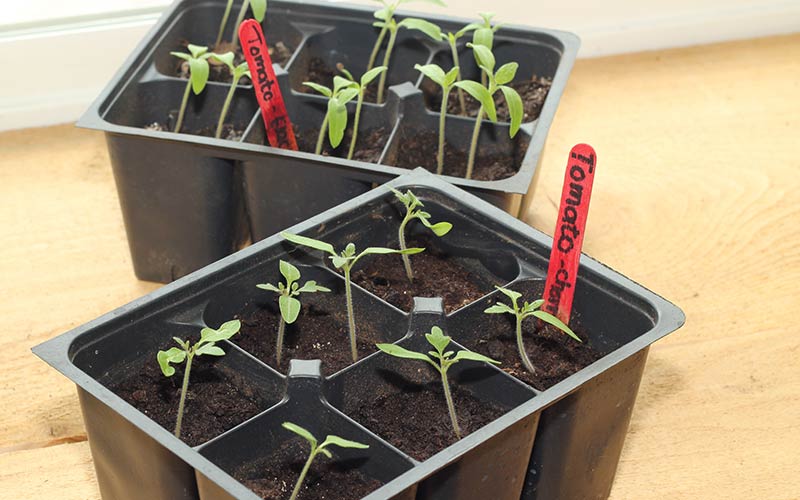
- Pour soil-less mix into a bucket and dampen with warm water.
- Place pots in trays and fill with mix. Press down to eliminate air pockets, and top off with mix, to within a 1/4 inch of the rim.
- Place three to four tomato seeds per pot and use the tip of an eraser to press them into the soil.
- Label containers and trays with the tomato variety and the date of planting.
- Cover tray with a humidity dome or a plastic bag.
- Warm temperatures help seeds germinate. Tops of refrigerators and radiators will work. If not available, special heating mats will provide a consistent temperature.
- When seedlings emerge from the soil, vent the bag or dome. After the first leaves, called cotyledon, emerge, a second set called the true leaves will appear. At this time, remove the cover and feed the seedlings with an all-purpose, water-soluble fertilizer added to the watering tray once a week.
- Gently thin seedlings, choosing the strongest per pot.
- After germination, seedlings need light from a very sunny window or grow lights.
Move to Larger Pots
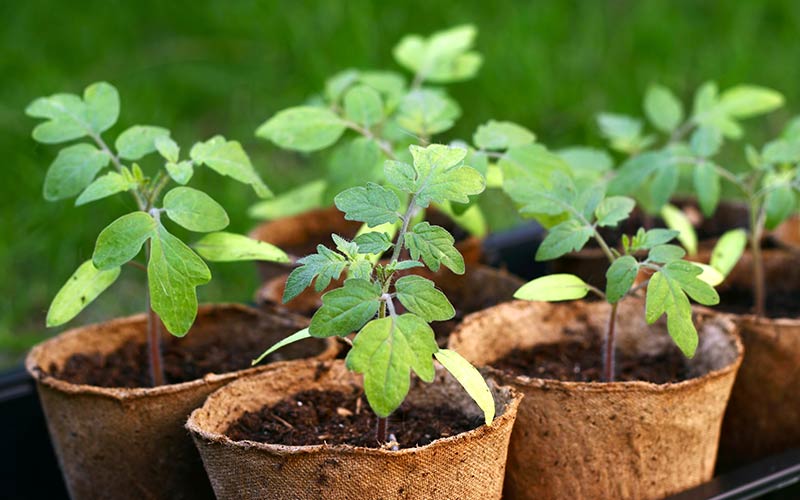
After a few weeks, the tomato seedlings may require transplanting into larger pots before being moved to the garden. Don’t worry if the seedlings get leggy; tomatoes are planted so that soil covers up the first leaves. Some gardeners plant leggy seedlings sideways in trenches so that they will develop more roots.
Transplant to Garden
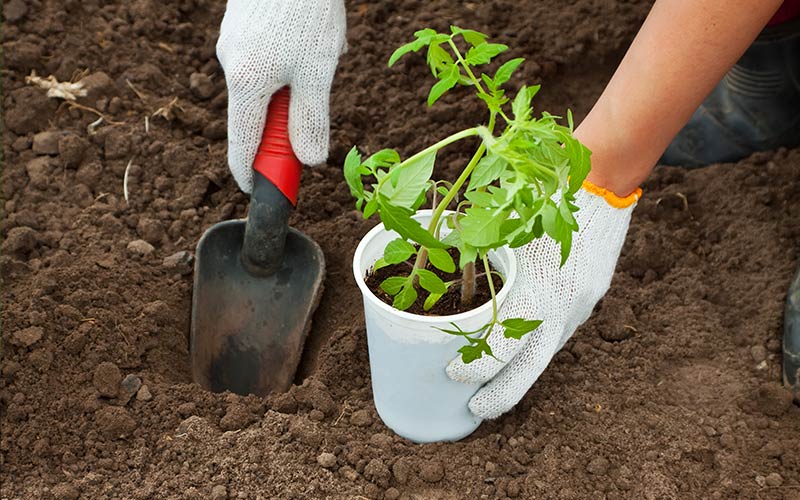
As the weather warms, the plants need to be “hardened off” or acclimated to the outdoors.
Tomato seedlings can be safely planted in the garden when the soil temperature is more than 60 degrees Fahrenheit.
Whether you need the right planters, seeds or potting soil, The Home Depot delivers online orders when and where you need them.

